PRACTISE EXAM - TEAS VERSION 7
PRACTISE EXAM - ATI TEAS VERSION 7
Total Questions : 37
Showing 10 questions Sign up for moreWhat are the three types of salivary glands and where are they located in the mouth?
Explanation
The three major pairs of salivary glands are the parotid glands, sublingual glands, and submandibular glands. The parotid glands are located just in front of your ears. The sublingual glands are below either side of your tongue, under the floor of your mouth. The submandibular glands are located below your jaw
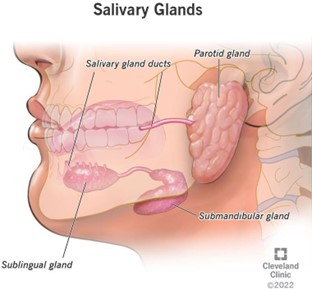
Which of the following substances is excreted by the kidneys to regulate blood pressure?
Explanation
Renin is an enzyme that is produced by the kidneys and it acts to elevate blood pressure. When blood pressure falls, the kidneys secrete renin into the bloodstream
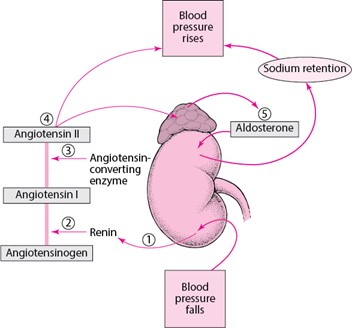
Which of the following units is used to indicate length?
Explanation
The unit used to indicate length is the meter (m). It is the base unit of length in the International System of Units (SI).
A researcher collects data on the number of cars passing through a busy intersection at different times of the day for a month. This data would be most useful to analyze which of the following:
Explanation
The data collected by the researcher on the number of cars passing through a busy intersection at different times of the day for a month would be most useful for analyzing traffic patterns during rush hour.
What is the chemical formula for water?
Explanation
The chemical formula for water is H2O. It consists of two hydrogen atoms and one oxygen atom.
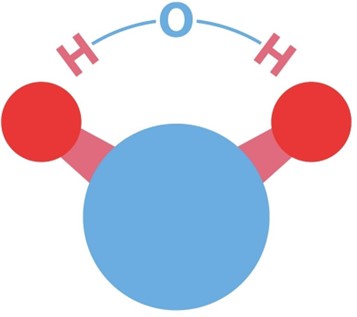
What is the largest organ in the human body by surface area?
Explanation
The largest organ in the human body by surface area is the skin. It covers the entire external surface of the body and has an average surface area of about 20 square feet in adults.

Which of the following describes the function of ligaments?
Explanation
Ligaments are tough bands of fibrous tissue that connect two bones together in a joint. They provide stability and support to the joint, preventing excessive movement and helping to maintain proper alignment of the bones.
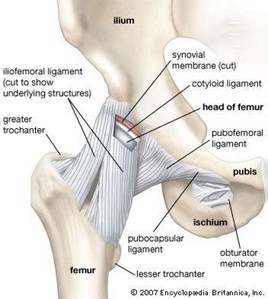
Which of the following is responsible for carrying amino acids to ribosomes during protein synthesis?
Explanation
Transfer RNA (tRNA) is responsible for carrying amino acids to ribosomes during protein synthesis. Each tRNA molecule has a specific anticodon that matches a codon on the messenger RNA (mRNA) molecule. The tRNA molecule binds to the mRNA codon and brings the corresponding amino acid to the ribosome, where it is added to the growing polypeptide chain.
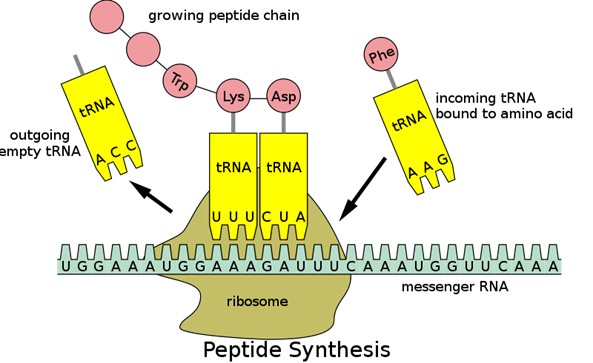
Which part of the respiratory system is responsible for regulating breathing rate and depth?
Explanation
Diaphragm is responsible for regulating breathing rate and depth. It is a dome-shaped muscle located at the bottom of the chest cavity that contracts and relaxes to help move air in and out of the lungs.
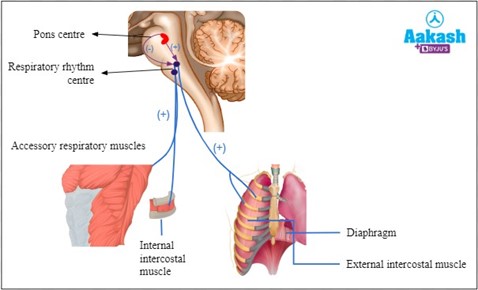
Which of the following is the process by which DNA is copied into RNA?
Explanation
Transcription is the process by which DNA is copied into RNA. During transcription, the DNA molecule unwinds and RNA polymerase reads the DNA sequence and synthesizes a complementary RNA molecule using the DNA as a template.
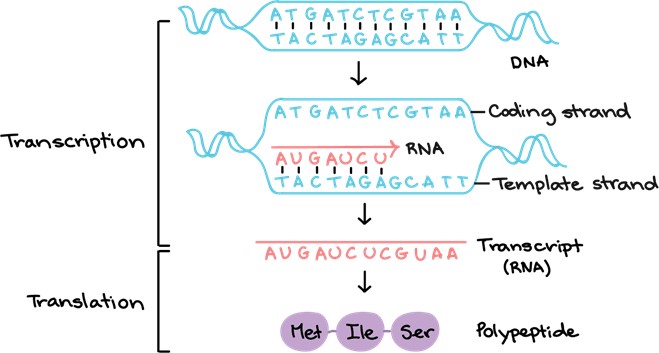
You just viewed 10 questions out of the 37 questions on the PRACTISE EXAM - ATI TEAS VERSION 7 Exam. Subscribe to our Premium Package to obtain access on all the questions and have unlimited access on all Exams. Subscribe Now



